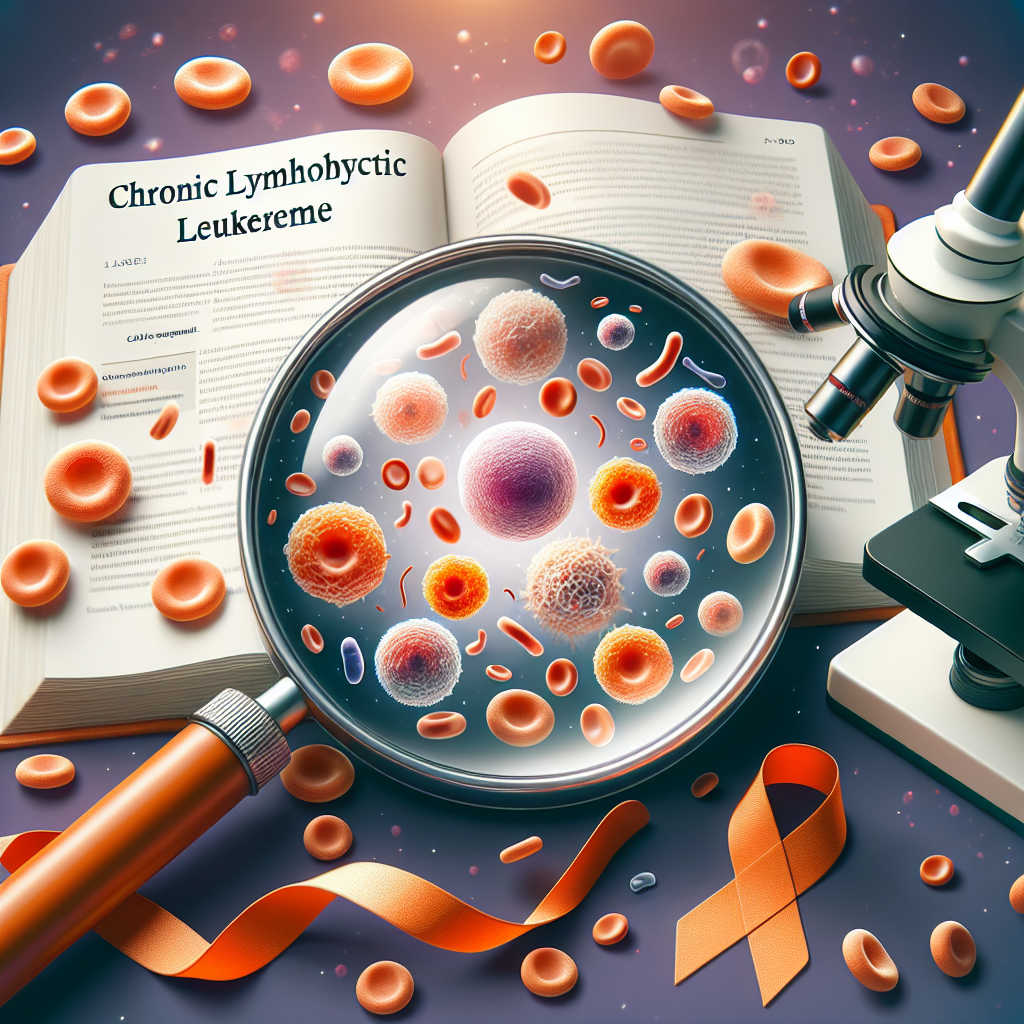Exercise: A Game Changer for Chronic Lymphocytic Leukemia
Chronic lymphocytic leukemia (CLL), a common blood cancer affecting mainly older adults, progresses unpredictably and can lower quality of life. New research highlights exercise as a transformative factor in managing CLL symptoms, reducing fatigue, and enhancing well-being. Even mild activity can significantly improve physical and mental health.

- Country:
- United States
Chronic lymphocytic leukemia (CLL) is a prevalent adult blood cancer, striking mainly those over 70 in the western world. Recent studies emphasize the vital role of exercise in improving patients' symptoms and overall quality of life. Emerging evidence shows that regular physical activity can significantly alleviate fatigue, pain, and anxiety associated with CLL.
While this cancer tends to progress slowly, it invariably takes a toll through infections, secondary cancers, and severe symptoms. Patients often face social isolation and a deteriorating sense of well-being. Encouragingly, even minimal exercise, like walking or yoga, has shown to reduce symptoms, improve resilience, and potentially slow disease progression.
It's crucial for CLL patients, particularly those in treatment, to incorporate exercise alongside traditional care. Taking precautions against infection while staying physically active offers comprehensive health benefits. This approach helps reclaim strength, mobility, and control, ushering in a promising era of integrated CLL management.
(With inputs from agencies.)










